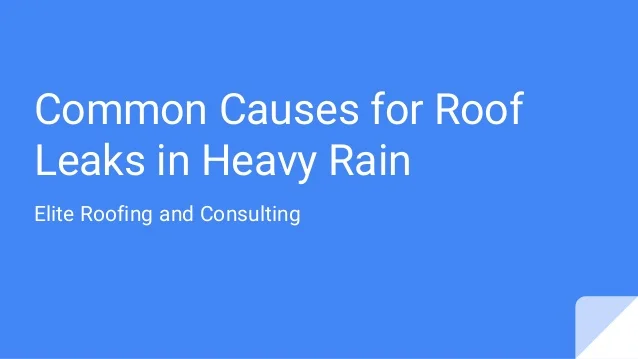Usual Risks In Roof Covering Setup And Ways To Avoid Them
Usual Risks In Roof Covering Setup And Ways To Avoid Them
Blog Article
Material Create By-McDermott Snow
When you're preparing a roofing setup, it's very easy to forget essential details that can result in significant issues down the line. You could be tempted to reduce edges on product option or skip correct flashing installment, yet these typical blunders can cause costly repair work later on. Recognizing the importance of ventilation and sticking to regional building codes is necessary for a successful project. So, what are the vital steps you should take to ensure your roofing system stands the test of time? Allow's discover some efficient methods to prevent these risks.
Poor Material Choice
When it involves roof covering installation, selecting the wrong materials can lead to expensive problems down the line. You may think that any type of roofing material will certainly do, however that's a common mistaken belief. It's critical to choose materials that fit your neighborhood environment and the details needs of your home.
As & remodeling" , if you live in a location with heavy rain or snow, opting for asphalt shingles may not be the most effective choice. Rather, think about more long lasting choices like steel or slate.
Additionally, take note of the high quality of the products you're taking into consideration. Inexpensive materials might conserve you money upfront, but they often do not have durability and can lead to regular repair work or substitutes.
You need to also consider the style of your home and make certain the products you choose will certainly keep its aesthetic charm.
Ultimately, do not neglect to seek flooring installation contractor from specialists. They can give valuable insights and recommend materials that comply with regional building codes.
Investing time in proper product choice now can help you stay clear of frustrations and expenses in the future, making your roof task a success.
Inadequate Flashing Installment
Selecting the right products isn't the only aspect that can result in roofing issues; poor blinking setup can additionally create substantial problems. Flashing is critical for directing water far from at risk locations, such as chimneys, skylights, and roofing valleys. If it's not installed correctly, you take the chance of water invasion, which can cause mold development and structural damage.
When you mount blinking, ensure it's the appropriate type for your roofing's layout and the regional climate. As an example, metal flashing is frequently more durable than plastic in locations with heavy rainfall or snow. Make sure the blinking overlaps properly and is safeguarded firmly to prevent gaps where water can permeate via.
You should additionally take note of the installment angle. Blinking should be placed to route water away from your house, not toward it.
If you're uncertain concerning the installment procedure or the materials needed, seek advice from a professional. They can help recognize the most effective flashing options and make sure whatever is installed properly, protecting your home from prospective water damages.
Taking these steps can save you time, cash, and migraines later on.
Neglecting Ventilation Demands
While numerous home owners focus on the visual and structural facets of roofing system installment, overlooking ventilation needs can cause serious long-term repercussions. Proper air flow is important for regulating temperature level and dampness degrees in your attic room, preventing problems like mold and mildew growth, timber rot, and ice dams. If you don't set up adequate ventilation, you're setting your roofing system up for failing.
To prevent this blunder, initially, assess your home's particular air flow demands. A balanced system normally consists of both consumption and exhaust vents to advertise air movement. Guarantee you have actually installed soffit vents along the eaves and ridge vents at the peak of your roofing system. This combination allows hot air to get away while cooler air gets in, keeping your attic area comfy.
Likewise, consider the kind of roof material you have actually selected. Some materials might require added air flow techniques. Verify your regional building ordinance for ventilation standards, as they can vary substantially.
Finally, do not neglect to evaluate your air flow system on a regular basis. Obstructions from debris or insulation can impede air flow, so maintain those vents clear.
Final thought
In conclusion, avoiding usual roof installation errors is key to guaranteeing your roofing system's longevity and efficiency. By choosing the best materials for your climate, mounting blinking correctly, and attending to ventilation requirements, you can protect against costly problems in the future. Do not neglect to familiarize on your own with local building ordinance and timetable routine evaluations. With these actions, you'll delight in a risk-free, long lasting roof covering that safeguards your home for several years to find. Pleased roofing!
